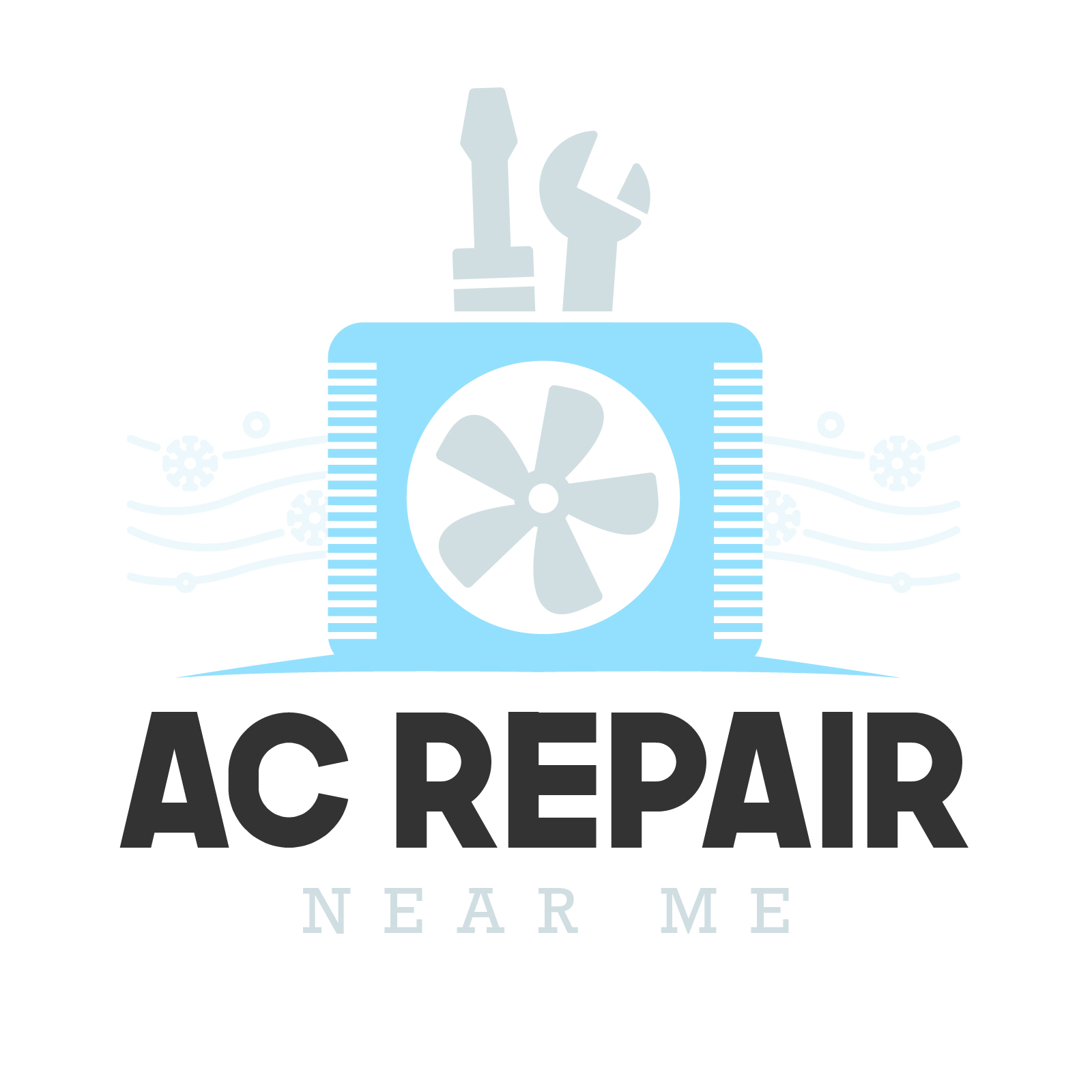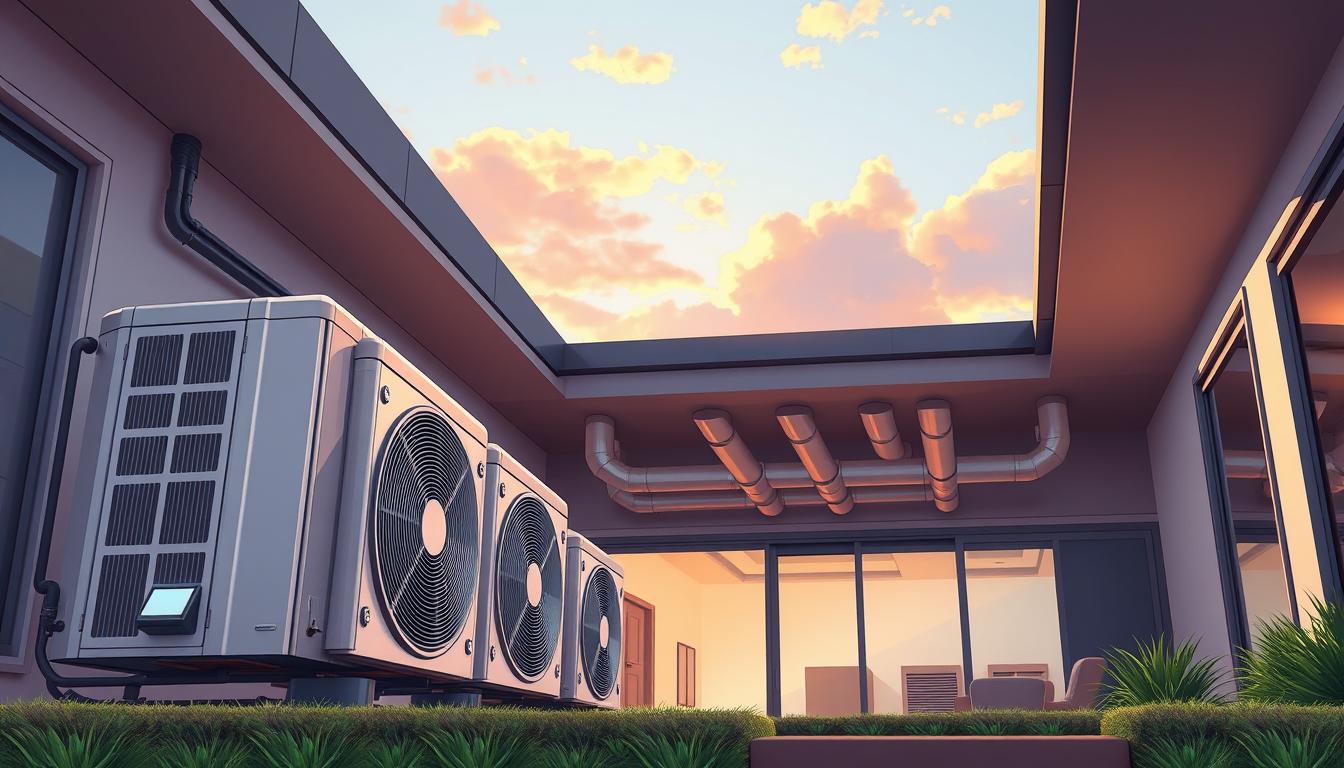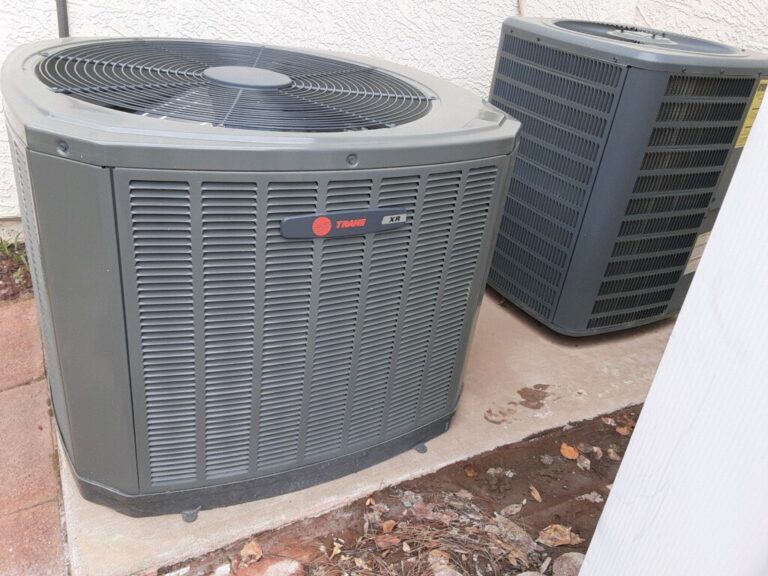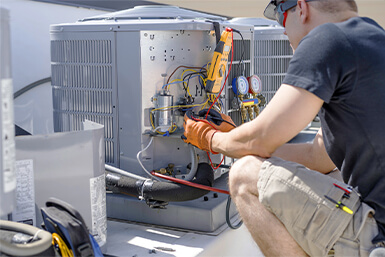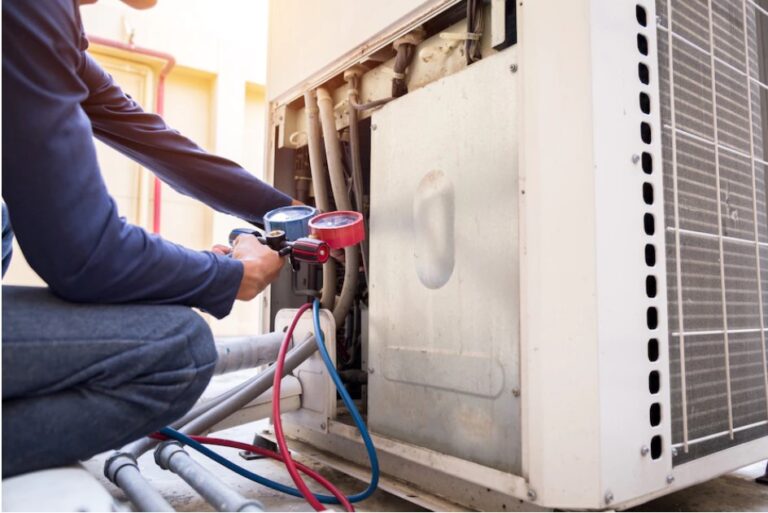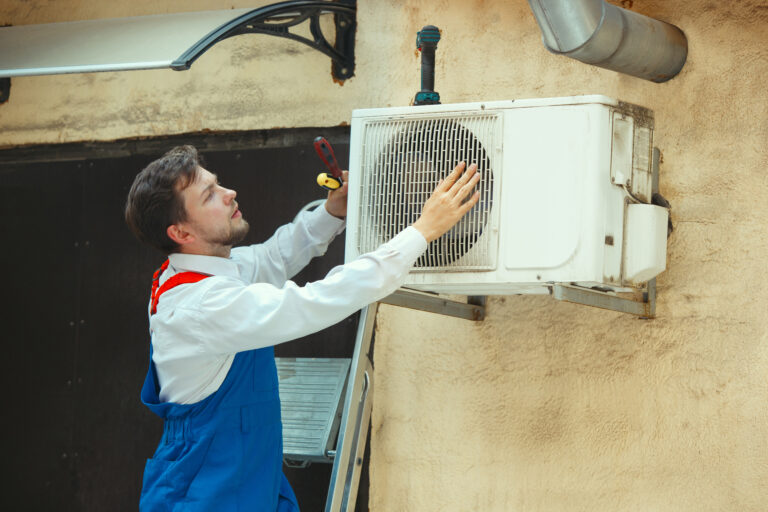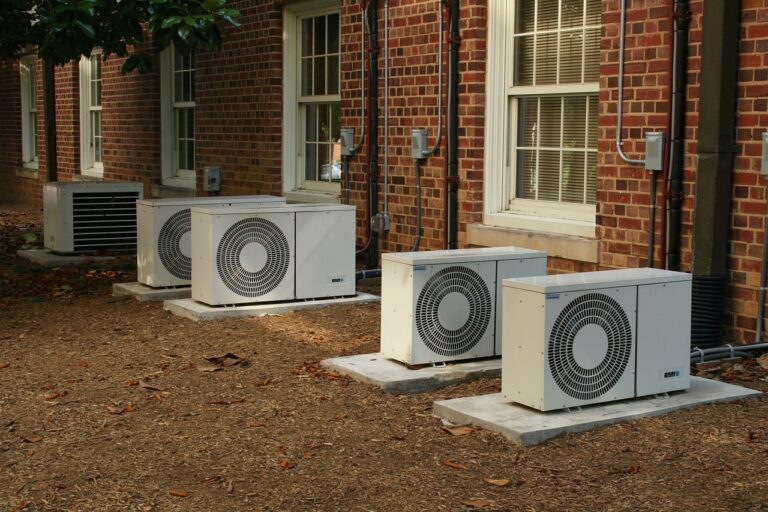Two-Stage vs Single-Stage AC Units: What’s the Difference?
When it comes to cooling your home, the type of air conditioning system you choose can significantly impact your comfort and efficiency. Air conditioners have evolved to offer various options for homeowners, particularly in terms of the speeds available for your air conditioning unit.
The primary difference between a single-stage and a two-stage air conditioner lies in the compressor technology. A two-stage air conditioner has a compressor that can operate at two distinct speeds, whereas a single-stage compressor is either on at 100% or entirely off.
Understanding the fundamental differences between these two types of air conditioning systems is crucial for making an informed decision that balances comfort, efficiency, and budget considerations.
Key Takeaways
- Two-stage air conditioners offer more flexibility in operation compared to single-stage units.
- The compressor technology affects energy consumption and temperature consistency.
- Understanding the differences is key to choosing the right air conditioner for your home.
- Efficiency and comfort are significantly influenced by the type of AC system chosen.
- Homeowners should consider their specific needs when deciding between the two types.
Understanding AC Compressor Technology
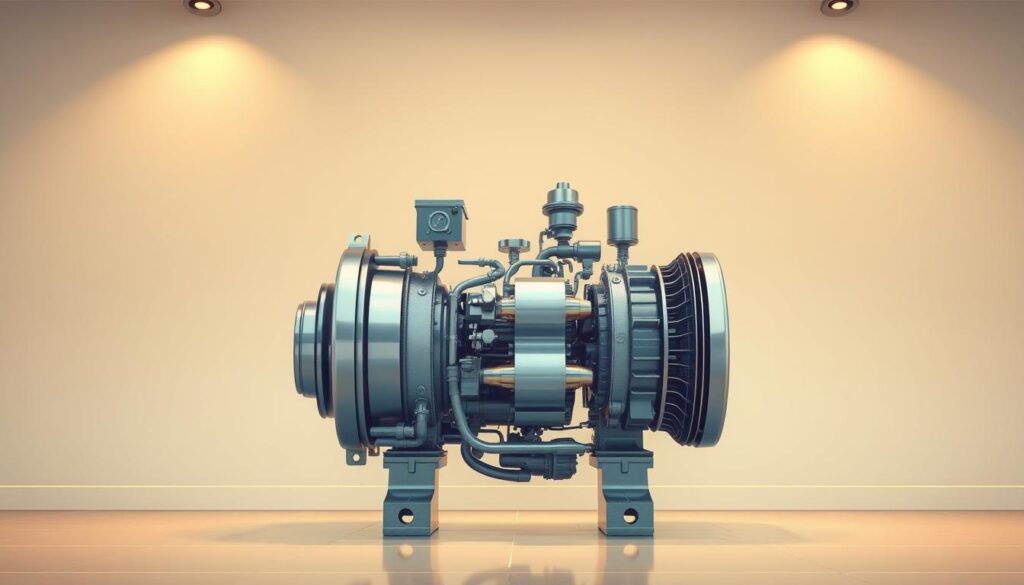
The compressor’s primary role in an air conditioning system is to facilitate the cooling process by compressing and expanding refrigerant. This process is crucial for maintaining a comfortable temperature in your home.
How Air Conditioners Cool Your Home
Air conditioners work by removing heat and humidity from indoor air through a cycle of compression and expansion of refrigerant. This refrigerant absorbs heat from your home and releases it outside, thus cooling your indoor space. The process involves several key components, with the compressor being central to the operation.
The Role of the Compressor
The compressor is the heart of any HVAC system, responsible for pressurizing the refrigerant and enabling the heat transfer process that cools your home. In traditional systems, the compressor must work at full capacity whenever the system is running, regardless of the actual cooling needs. Modern HVAC technology has evolved to offer different compressor types that can adjust their operation based on cooling demands, improving both efficiency and comfort.
- The compressor operates at full capacity in single-stage units, or not at all.
- Two-stage systems have compressors with two settings – typically 100% capacity and around 65-70% capacity.
- Variable speed systems can operate anywhere from 25% to 100% capacity, offering greater flexibility.
What Are Single-Stage AC Units?
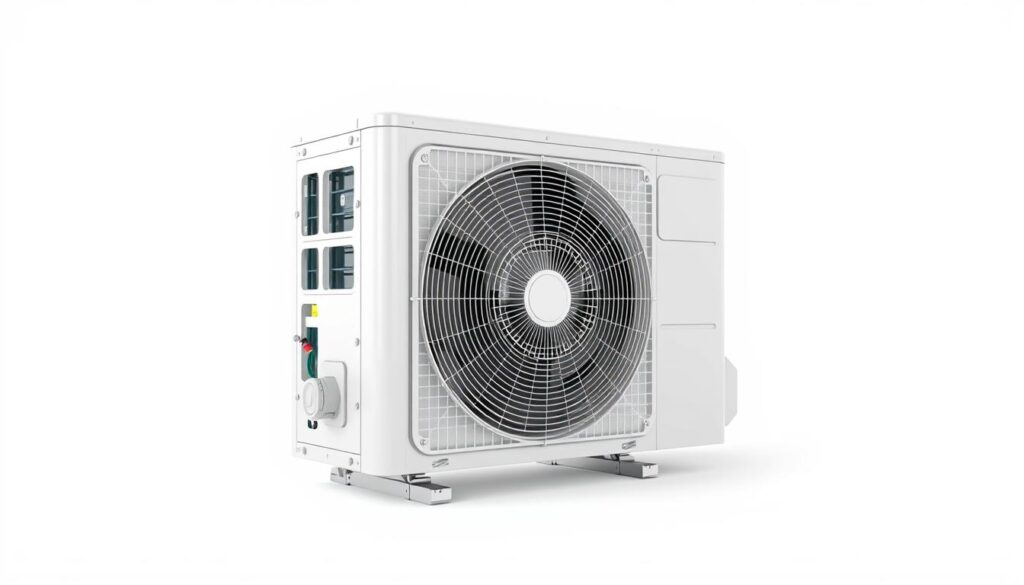
For many homeowners, the simplest and most cost-effective air conditioning solution is a single-stage AC unit. These systems are designed to operate on a basic principle: they are either on or off, running at full capacity or not at all.
How Single-Stage Compressors Work
Single-stage compressors work by operating at 100% capacity whenever they are turned on. This means that the air conditioner will run at full power until the desired temperature is reached, at which point it will shut off completely. This on/off cycling continues throughout the day as the temperature in your home fluctuates.
Pros of Single-Stage AC Units
The primary advantage of single-stage AC units is their lower initial cost, making them an attractive option for homeowners on a tight budget. Despite being less sophisticated, these units can effectively cool your home when properly sized and installed by a professional.
- Lower purchase and installation costs
- Simple operation and maintenance
Cons of Single-Stage AC Units
However, single-stage AC units have some significant drawbacks. They consume more energy since they operate at full capacity whenever they’re on, leading to higher energy bills. Additionally, the frequent on/off cycling can be an annoyance to some homeowners and may reduce the system’s lifespan.
- Higher energy consumption
- More noticeable temperature fluctuations
- For more information on deciding when to replace an old AC system, visit this resource.
What Are Two-Stage AC Units?
The two-stage air conditioner is a versatile cooling solution that offers enhanced energy efficiency and comfort. Two-stage air conditioners have compressors that can operate at two levels: high (100% capacity) for hot summer days and low (around 70% capacity) for milder days.
By default, they run on the lower setting until it gets too hot outside, then switch to the high setting. This functionality allows for more consistent temperatures throughout your home without the dramatic swings common with single-stage units.
How Two-Stage Compressors Work
Two-stage compressors work by adjusting their cooling capacity to match the needs of your home. They can operate at two distinct power levels – typically full capacity (100%) and a lower setting (around 65-70% capacity). This allows the system to intelligently switch between the two stages depending on your cooling needs.
Pros of Two-Stage AC Units
- Two-stage AC units provide greater energy efficiency, resulting in lower energy bills.
- They offer more consistent temperatures throughout your home, enhancing overall comfort.
- The ability to run at a lower capacity for longer periods allows for better humidity control.
Cons of Two-Stage AC Units
- Two-stage AC units are generally more expensive upfront compared to single-stage units.
- The complexity of two-stage systems might lead to higher maintenance costs over time.
Two-Stage vs Single-Stage AC: Key Differences
The primary differences between two-stage and single-stage AC systems are rooted in their compressor technology and operational flexibility. Two-stage air conditioners offer more nuanced cooling by operating at two different capacities, whereas single-stage units run at full capacity all the time.
Energy Efficiency Comparison
Two-stage AC systems are more energy-efficient because they can operate at a lower capacity for longer periods. This reduces the energy-intensive on/off cycling characteristic of single-stage operation. As a result, two-stage systems can provide significant energy savings over time.
Energy efficiency is a critical factor when choosing between the two types of AC systems. Two-stage systems tend to outperform single-stage systems in this regard.
Comfort and Temperature Control
Two-stage units provide more precise temperature control, maintaining the desired temperature within half a degree. In contrast, single-stage systems often result in 3-5 degree swings. This means that two-stage ACs offer more consistent and comfortable cooling.
The ability of two-stage systems to modulate between two power levels allows for more even cooling and better comfort levels.
Humidity Management
Humidity management is another area where two-stage systems excel. They can remove up to twice as much moisture from the air compared to single-stage systems, thanks to their longer running times at lower speeds. This leads to a more comfortable indoor environment.
Effective humidity control is crucial for maintaining a comfortable home, and two-stage ACs are better equipped to handle this task.
Noise Levels
Two-stage units generally operate at lower noise levels, especially when running at their lower capacity setting. This creates a more peaceful home environment without the startling on/off noise associated with single-stage systems.
The reduced noise level is an added benefit of choosing a two-stage AC system over a single-stage one.
Cost Considerations for Both AC Types
Evaluating the cost of AC systems involves more than just the initial purchase price. It’s essential to consider both the upfront costs and the long-term expenses associated with operating and maintaining the system.
Initial Purchase and Installation Costs
The initial cost of single-stage AC units is typically lower than that of two-stage units. Two-stage AC units are 15-30% more expensive than single-stage units of similar size and brand due to their more sophisticated technology and additional components.
This price difference is a critical factor for homeowners on a budget. However, it’s also important to consider the long-term benefits that two-stage systems offer.
Long-Term Energy Savings
Two-stage AC units can provide significant long-term energy savings, potentially reducing cooling costs by 20-30% compared to single-stage units. This is because they can operate at a lower capacity when full power is not needed, thus consuming less energy.
Upgrading to a more efficient system can result in substantial savings; homeowners could see up to 65% savings annually on their energy bills.
Maintenance and Repair Expenses
While the maintenance costs for both single-stage and two-stage AC systems are generally similar, repairs can be more expensive for two-stage units due to their complex components.
However, two-stage units often last longer due to reduced wear and tear from fewer on/off cycles, which can offset the higher repair costs over time.
Financing options are often available to help homeowners manage the higher upfront cost of two-stage systems, allowing them to benefit from immediate energy savings.
Making the Right Choice for Your Home
Your home’s specific conditions, including climate and size, play a crucial role in determining the most suitable AC system. When deciding between a two-stage and single-stage air conditioning unit, several factors come into play.
The local climate is a primary consideration. Homes in areas with high humidity or extreme summer heat will benefit more from a two-stage system’s superior moisture removal and temperature control. On the other hand, if you live in a region with milder summers, a single-stage AC might suffice.
The size of your home is another critical factor. Larger homes or those with multiple stories often experience more uneven cooling with single-stage systems due to temperature stratification. In such cases, a two-stage AC can provide more consistent temperatures throughout the home.
Your budget and long-term plans should also guide your decision. If your budget is tight, a single-stage AC is more affordable upfront. However, if you plan to stay in your home for more than 5 years, the energy savings from a two-stage system can offset its higher initial cost.
Consulting with multiple HVAC experts can help you make an informed decision. They can assess your home’s specific needs and existing HVAC equipment to recommend the best air conditioning option. Remember, proper sizing and professional installation are just as important as the type of system you choose.
By considering these factors and seeking expert advice, you can select the air conditioning system that best meets your needs and provides optimal comfort and efficiency for your home.
